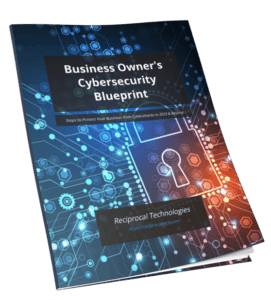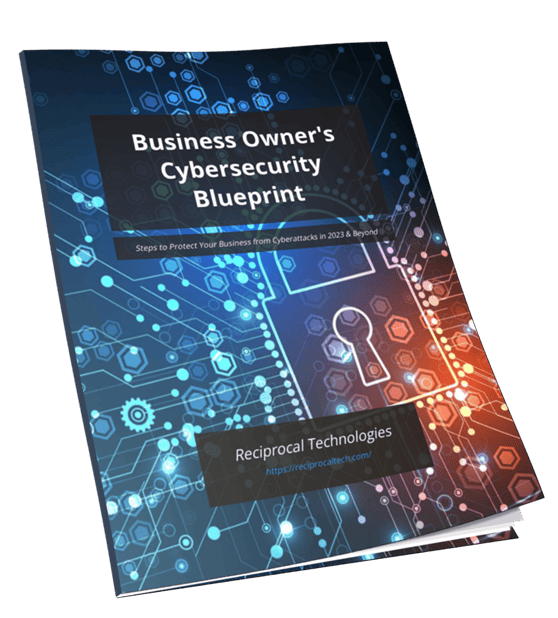Your Guide to Beating Tariffs: Using Stockpiles, Refurbs, and Leases Against Trade

US trade policies have created significant challenges for organizations buying technology, with high tariffs affecting electronics. The 20% tariff on Chinese-made tech products, such as laptops and smartphones, has directly impacted IT budgets and device prices. To overcome these obstacles, businesses must now reassess their procurement strategies to ensure cost-effectiveness in the face of rising tariffs. There is now a greater need for innovative approaches such as stockpiling, refurbishing, and leasing to protect against the financial impact of these trade policies.
The Impact of Tariffs on Technology Purchases
The 20% tariff imposed on Chinese-made tech products has impacted the prices of laptops and smartphones, leading to noticeable increases in costs for organizations procuring these devices. This sudden surge in prices is directly linked to the tariffs imposed, putting a strain on IT budgets across various industries.
As a result, businesses are facing the urgent need to explore alternative procurement strategies to mitigate the financial burden caused by these tariffs. The escalation in device prices due to tariffs is forcing organizations to reassess their traditional procurement methods and consider more cost-effective approaches to acquiring essential technology. The current landscape necessitates a shift towards innovative strategies that offer flexibility and efficiency to adapt to the changing market conditions influenced by trade policies.
Practical Approaches to Control Device Procurement Costs
Here are some practical approaches to control device procurement costs:
1. Emphasize Vendor Flexibility
Stress the value of vendor flexibility in procurement to reduce the impact of tariffs. This means working with vendors who can adapt to changing circumstances and find ways to mitigate the effects of tariffs on pricing.
2. Time Purchases Strategically
Discuss how timing purchases strategically can help manage costs. By keeping an eye on market trends and making purchases when prices are lower, organizations can save money on their device procurement.
3. Buy in Bulk
Buying in bulk is another effective strategy for managing costs. When organizations purchase larger quantities of devices at once, they may be able to negotiate better pricing with vendors and reduce overall expenses.
4. Explore DaaS and Leasing Options
Introduce DaaS (Device-as-a-Service) and leasing as effective solutions during periods of higher tariffs. These alternatives to traditional purchasing methods can provide organizations with greater flexibility and cost savings in their device procurement strategy.
Leveraging Device Lifecycle Management to Offset Tariff Effects
1. Lifecycle Extension
Extending the lifespan of devices can be a cost-effective strategy during times of tariff uncertainty. By prolonging the use of existing hardware, organizations can delay the need for costly replacements, thus mitigating the impact of increased tariffs on procurement costs.
2. Recycling and Resale
Responsible recycling and resale of outdated devices can provide a financial buffer against rising hardware expenses caused by tariffs. By refurbishing and reselling devices that are no longer needed internally, companies can recoup some of their initial investment and reduce the financial strain on IT budgets.
Alternative Procurement Models: Leasing, DaaS & HaaS Explored
Purchasing hardware outright means absorbing increased upfront costs due to the 20% tariff on Chinese-made tech products. These costs can disrupt budgets and delay refresh cycles.
Leasing offers a way to spread expenses over time, reducing immediate capital expenditure. It provides flexibility to upgrade devices more frequently without the burden of obsolete equipment. However, traditional leasing often lacks integrated services beyond device rental, potentially leaving IT teams responsible for maintenance and support.
Device-as-a-Service (DaaS) models take this concept further by bundling hardware, software, lifecycle management, and support into a single subscription fee. This approach offers predictable monthly costs that insulate organizations from sudden price hikes caused by tariffs. DaaS also enables faster technology adoption since upgrades and replacements are handled by the service provider.
Examining Hardware-as-a-Service (HaaS) versus traditional ownership reveals distinct pros and cons:
Traditional Ownership
- Pros: Full control over devices; no ongoing payments after purchase.
- Cons: Large upfront costs; risk of device obsolescence; responsibility for maintenance.
Hardware-as-a-Service (HaaS)
- Pros: Predictable operating expenses; bundled maintenance and upgrades; shields against market volatility.
- Cons: Potentially higher long-term cost; dependency on vendor service quality.
Organizations facing trade barriers benefit from these alternative models by managing cash flow better and adapting more quickly to changing technology needs while mitigating tariff-related risks.
Building a Resilient Tech Procurement Strategy
Shielding against tariffs requires a multi-faceted approach. Businesses should:
- Stockpile essential devices before tariff hikes to lock in lower prices.
- Refurbish existing hardware to extend device lifecycles and reduce new purchases.
- Lease through DaaS or HaaS models for flexible, predictable costs and easier upgrades.
Implementing these tactics creates a buffer against unpredictable cost spikes and supply chain disruptions. Start integrating stockpile, refurbish, and lease strategies into your procurement plan now to maintain control over IT budgets and ensure technology availability despite ongoing tariff challenges.
Frequently Asked Questions About Tariffs
How are recent US tariffs impacting technology procurement costs?
Recent US tariffs, particularly the 20% tariff on Chinese-manufactured tech products, have led to significant price increases in laptops, smartphones, and other electronic devices. This escalation is putting considerable pressure on IT budgets, making it crucial for organizations to adopt cost-effective procurement strategies.
What is the effect of the 20% tariff on Chinese-made technology products?
The 20% tariff imposed on Chinese-made technology products directly raises the prices of laptops, smartphones, and similar devices. This increase results in higher overall procurement costs for organizations relying heavily on these products, thereby necessitating alternative approaches to manage IT expenditures effectively.
How can device lifecycle management help mitigate the impact of tariffs on tech purchases?
Device lifecycle management extends the usability of existing hardware through strategies like lifecycle extension, responsible recycling, and resale. These practices help organizations reduce the frequency and volume of new purchases during periods of tariff uncertainty, thereby alleviating financial strain caused by increased hardware costs.
What are the benefits of adopting Device-as-a-Service (DaaS) and leasing models under current tariff conditions?
DaaS and leasing models offer vendor flexibility that helps organizations manage costs more effectively amid rising tariffs. These models allow for strategic timing of device procurement and enable bulk purchasing advantages, providing a cost-efficient alternative to outright ownership during periods of elevated tariffs.
How do leasing and Hardware-as-a-Service (HaaS) compare to traditional device ownership in navigating trade barriers?
Leasing and HaaS provide organizations with flexible procurement options that reduce upfront costs and adapt more easily to fluctuating market conditions caused by trade barriers. Compared to traditional ownership, these models offer scalability and financial agility, helping organizations better shield their IT budgets from tariff-related risks.
What combined tactics should businesses consider to build a resilient technology procurement strategy against tariffs?
Companies are encouraged to implement a combined approach involving stockpiling essential devices before tariff hikes, refurbishing existing equipment to extend its lifecycle, and leveraging leasing or DaaS models. This multifaceted strategy effectively mitigates risks associated with tariffs while optimizing IT budget allocation.
About the Author
Author’s recent posts
Download the
Business Owner’s Cybersecurity Blueprint


